Results
-
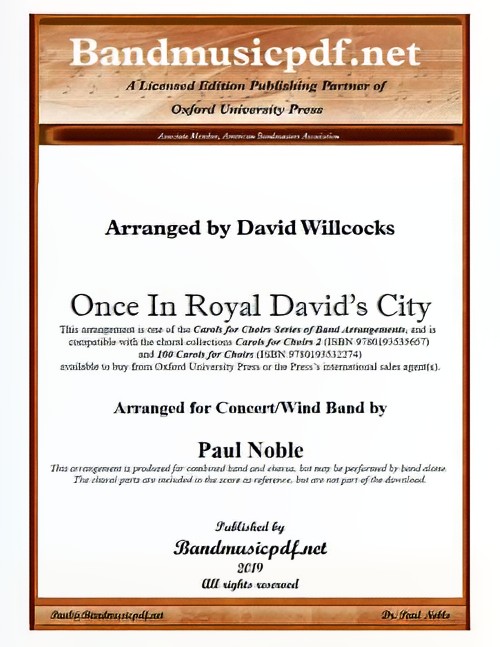 £75.00
£75.00Once in Royal David's City (Concert Band with Optional Choir - Score and Parts) - Noble & Willcocks
Once in Royal David's City is a Christmas carol originally written as a poem by Cecil Frances Alexander. The carol was first published in 1848 in her hymnbook Hymns for Little Children. A year later, the English organist Henry John Gauntlett discovered the poem and set it to music. According to The New Oxford Book of Carols, the text was conceived by Cecil Alexander after overhearing a group of her god children complaining about the dreariness of the catechism. Cecil masterfully took doctrines from the Apostle's Creed and simplified them for her hymns. Cecil wrote about 400 hymns in her lifetime, among which are All things bright and beautiful and There Is a Green Hill Far Away. She used the money for charitable purposes, and was a tireless advocate (and visitor) of the poor and sick. Henry John Gauntlett had spent the first half of his career as a lawyer before abandoning his practice to pursue music. He served as the organist at a number of leading London churches. Gauntlett was a prolific writer and is said to have composed over 1000 hymn tunes. He made tremendous contributions to the world of music, even inventing mechanical improvements to the organ. As a result, he was praised by the famous Felix Mendelssohn and was awarded an honorary doctorate in music from the Archbishop of Canterbury. In 1919, Arthur Henry Mann, organist at King's College (1876-1929), introduced an arrangement of Once in Royal David's City as the processional hymn for the service. In his version, the first stanza is sung unaccompanied by a boy chorister. The choir and then the congregation join in with the organ on succeeding stanzas. This has been the tradition ever since. It is a great honor to be the boy chosen to sing the opening solo--a voice heard literally around the world. In this arrangement for band accompaniment, the first five verses may be performed as directed by the conductor, with different groupings of instruments for each verse, i.e., Vs.1, A cappella; Vs. 2, Fl., Oboe, E.H., Bsns; Vs. 3 Cl., Saxes; Vs. 4, Brass; Vs. 5, All, and Vs. 6 as written with featured descant. This arrangement is one of the Series of Band Arrangements compatible with the David Willcocks Carols for Choir, Book 2 (#31).
Estimated dispatch 7-14 working days
-
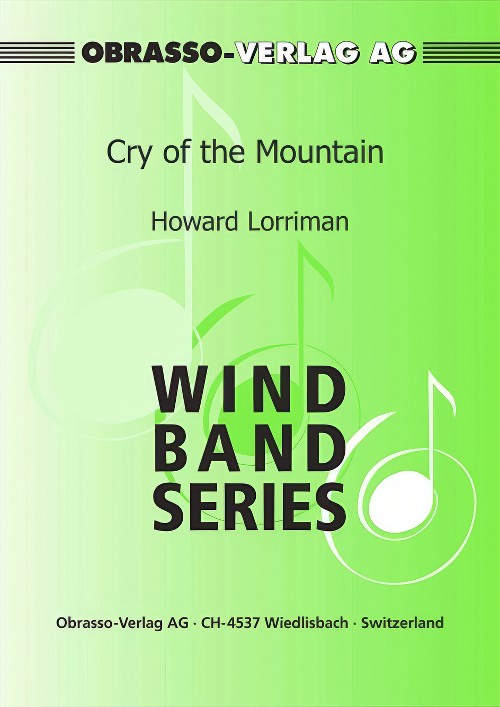 £125.30
£125.30Cry of the Mountain (Concert Band - Score and Parts) - Lorriman, Howard
This work is dedicated to Manfred Obrecht, conductor and musical editor. Manfred asked the composer to write a piece that captures the changing colours and mood of a mountain when viewed from a relatively close distance. The work is in four sections:Awakening - early morning and the mountain is covered in cloud, eventually the sun bursts through and reveals the mountain in all its glory.Snow, Ice and Glaciers - between the rocky out-crops ther are layers of snow; slippery ice patches and icicles adorn the overhangs. In the larger crevices and valleys glaciers are formed.Vistas and Distant Peaks - when viewed from other high points one can see the mountain in full outline against the vast landscape.Avalanche - despite its beauty, a mountain can be a dangerous place and the accumulated snow may not be stable, it can easily tumble out of control. The slight twist of major tonalities at the very end reflects the way a sudden change in light can alter the whole perspective.
Estimated dispatch 7-14 working days
-
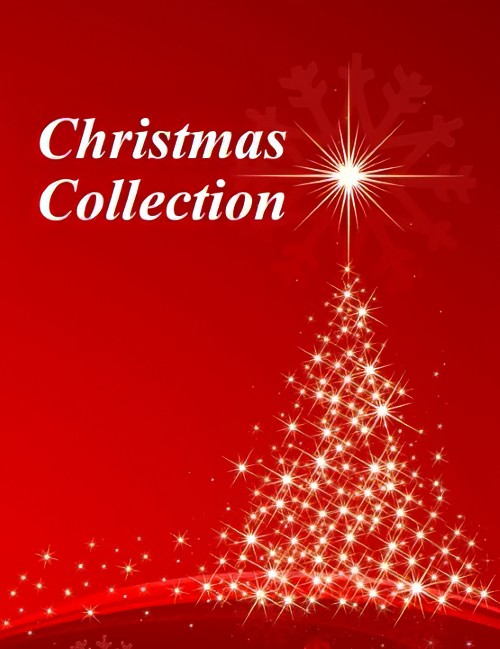 £9.99
£9.99Christmas Collection - Words and music (piano)
Christmas Collection is a newly revised carol book with original, additional and rearranged carols from New Christmas Praise as well as 10 extended pieces. Parts are now also available in large print A4 size!Titles:A child this day is bornA Christmas lullabyA great and mighty wonderAll my heart this night rejoicesAngels, from the realms of Glory (Come and worship)Angels, from the realms of Glory (Iris)Angels we have heard on highA starry nightAs with gladness men of oldA virgin most pureAway in a manger (The manger scene)Away in a manger (Traditional)BethlehemBrightest and best (Spean)Brightest and best (Traditional)Calypso CarolCarol for the NativityCarol of the drumChild of MaryChristians AwakeChrist is born (Il est n)Christ was born on Christmas DayCome and join the celebrationCome, children, come quicklyCoventry CarolDing dong! merrily on highDo you hear what I hear?Gabriel's MessageGaudeteGlory in the highestGlory in the highest HeavenGod of God, the uncreatedGod rest you merry, gentlemenGood Christian men, rejoiceGood King WenceslasGo, tell it on the mountain!Hark the glad sound!Hark! the herald angels singHow far is it to Bethlehem?Huron CarolInfant HolyIn the bleak midwinter (Cranham)In the bleak midwinter (Darke)I saw three ships come sailing inIt came upon the midnight clear (Traditional)It came upon the midnight clear (Willis)I wonder as I wanderJesus, good above all otherJoy to the world!Little baby JesusLittle children, wake and listenLittle DonkeyLittle Jesus, sweetly sleepLo! he comes with clouds descendingLong, long agoLove came down at ChristmasMary's boy childMary's ChildMasters in this hallNoelO come, all ye faithfulO come, ImmanuelO Heaven-sent KingO holy night!O little town of Bethlehem (Christmas Carol)O little town of Bethlehem (Forest Green)O little town of Bethlehem (St Louis)Once in royal David's cityPast three o'clockPersonent HodiePraise ye the LordRing the bellsRise up, shepherd!Sans day carolSaviour's DaySee, amid the winter's snowSilent Night!Softly the night is sleepingStars are shiningStill, still, stillSussex CarolSweet chiming bellsSweet chiming Christmas bellsThe candle songThe cherry tree carolThe first NowellThe holly and the ivyThe infant KingThe light has comeThe shepherds' farewellThe stable doorThe star in the eastThe virgin Mary had a baby boyThey all were looking for a kingThou didst leave thy throneThree kings' marchUnto us a boy is bornWe gather round the manger-bedWe three kings of Orient areWhat child is this?Whence is that goodly fragrance flowing?When wise men came seekingWhile shepherds watched (Cranbrook)While shepherds watched (Handel)While shepherds watched (Winchester Old)Who is he?Zither Carol
Estimated dispatch 7-14 working days
-
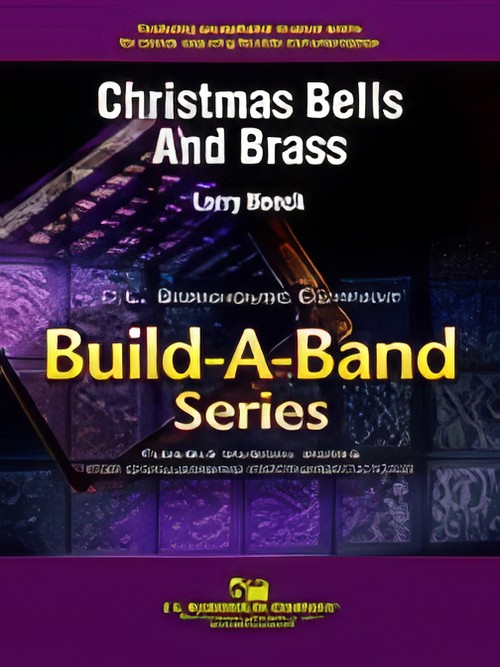 £55.00
£55.00Christmas Bells and Brass (Flexible Ensemble - Score and Parts) - Neeck, Larry
Get your band into the holiday spirit with this unique and very playable work! Carols included are O Come All Ye Faithful, Deck The Halls, Silent Night, and Jingle Bells. You will find this unique arrangement musically and educationally satisfying, and this Build-A-Band edition is perfect for those ensembles with incomplete or awkward instrumentations. An excellent choice for your next holiday concert, Christmas Bells and Brass will appeal to audience and band members alike, and your band will sound like gold!Duration: 2.45
Estimated dispatch 7-14 working days
-
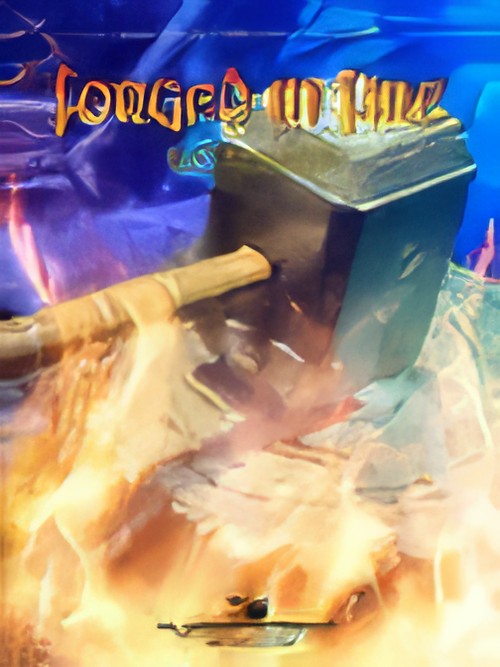 £84.00
£84.00Forged in Fire (Concert Band - Score and Parts) - Romeyn, Rob
An epic programmatic piece, "Forged In Fire" is a work of vibrant energy, vivid color and immense power. It draws inspiration from the immense power and uses of fire, and its effect on early civilization and industrialization. A calm and sensitive introductions leads to a new theme at a quickening tempo. This theme, stated simply at first, is then embellished by a driving rhythm multi-meter effect, and further developed with layered contemporary harmonies, changing textures and variations on the theme. After a breathtaking climax, the original theme is restated, more powerfully this time. It then subsides, before building to a shimmering, red hot ending that will leave your audience breathless. Certain to become a mainstay for concert and festival use. Not to be missed! Duration: 4.45
Estimated dispatch 7-14 working days
-
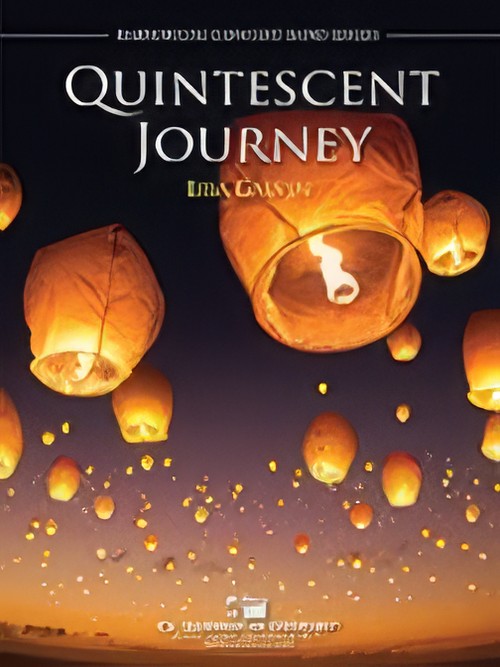 £84.00
£84.00Quintescent Journey (Concert Band - Score and Parts) - Galvin, Lisa
Quintescent Journey is an outstanding work honoring a life well-lived. The rhythmic ostinato and interesting time signatures provide challenging opportunities across the developing ensemble, and the peaceful and serene middle section will give your students a chance to display their musical maturity. Featuring expressive solos for flute, trumpet and horn, the tranquility of the middle section provides an emotional and lyrical contrast to the opposing rhythmic themes. A celebratory finish makes a definitive statement, and Lisa Galvin's exciting work is sure to inspire students and listeners alike! This energetic work will be the perfect addition to any performance! Duration: 5.15
Estimated dispatch 7-14 working days
-
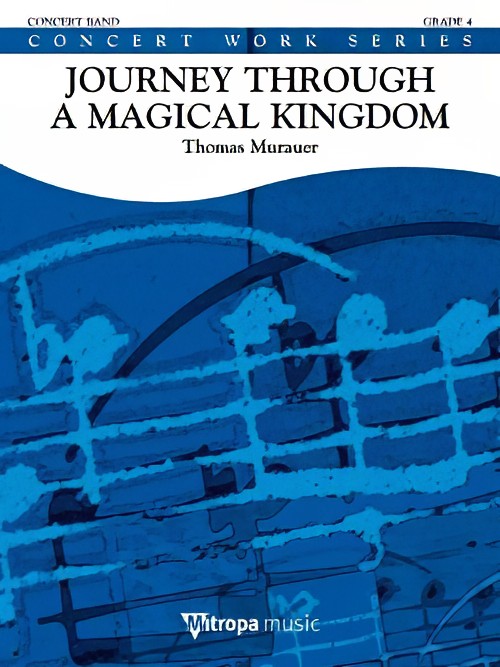 £119.99
£119.99Journey Through a Magical Kingdom (Concert Band - Score and Parts) - Murauer, Thomas
A Journey through a Magical Kingdom describes the journey of a young boy named Bodo through a never-before-seen magical and enchanting world of fairies and mythical creatures, a world of enchanted mountains, rivers and lakes and a world of absolute beauty and purity that remains hidden to most of us all our lives. This film-like music is full of colourful melodies and exciting rhythms, with a beautiful middle part and spectacular ending. The Austrian composer Thomas Murauer unfolds his versatile style of composing and lets you enter a world of fantasy and colours. Duration: 7.15
Estimated dispatch 7-14 working days
-
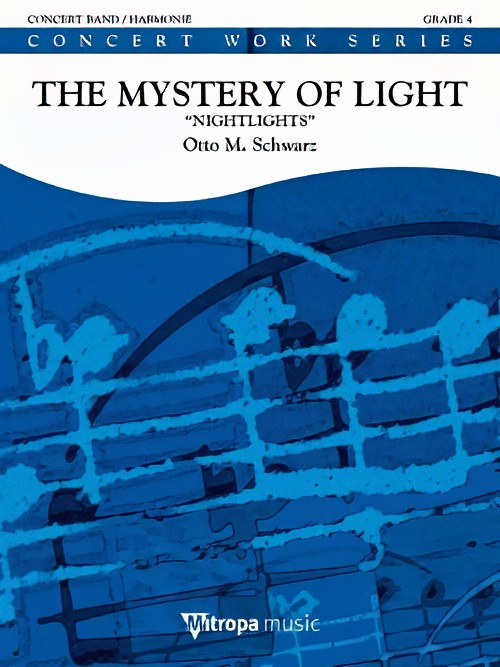 £169.99
£169.99The Mystery of Light (Nightlights) (Concert Band - Score and Parts) - Schwarz, Otto M.
Light, sun, moon, stars: there has always been a connection to faith, the occult and mysticism. Different constellations were supposed to predict the future, and some phenomena have been interpreted as punishment by different Gods. From sunrises and solar eclipses, through rainbows, the scattering of light, sunset in the daytime, moonrises, the northern lights, the new moon, crescent moons and stellar constellations, to shooting stars... our observations encompass all this and much more. The Mystery of Light is the first of a series of pieces with the same theme. Nightlights deals with lights of the night: created partly by nature and partly by man himself and consists of three movements: Opener and Star Shower, Lunar Eclipse and Aurora and Fireworks.Duration: 13.15
Estimated dispatch 7-14 working days
-
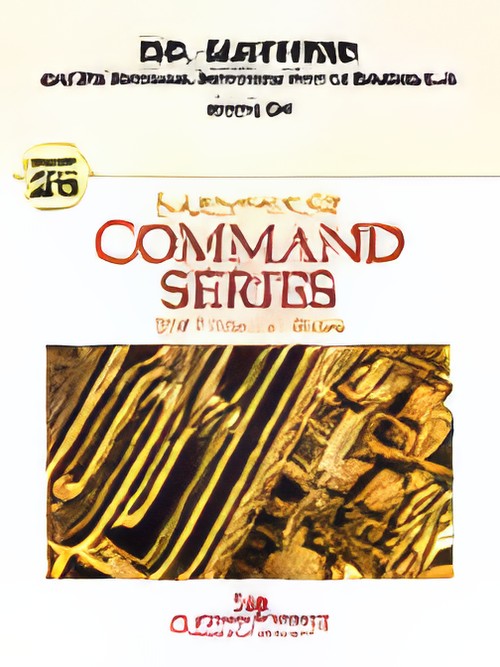 £59.00
£59.00Dr. Mayhem! (and His No-Good, Nefarious Plot to Destroy L.A.) (Concert Band - Score and Parts) - Bell, Jeremy
Chaos! Destruction! Mayhem! What more could an evil genius ask for? "Dr. Mayhem! and his No-good Nefarious Plot to Destroy L.A." is a rambunctious, fun, and bombastic work for young bands, ripped from the pages of your favorite super-villain comic book! A quirky and entertaining work that will challenge your young musicians, with changing time signatures, variation of styles requiring performers to switch between playing with heavy accents and a more legato feel. The piece is written with varying sections that feature the low brass and woodwinds, and alternate focus between the treble and bass instruments. Guaranteed to spell doom for boredom in band class! Duration: 2.15
Estimated dispatch 7-14 working days
-
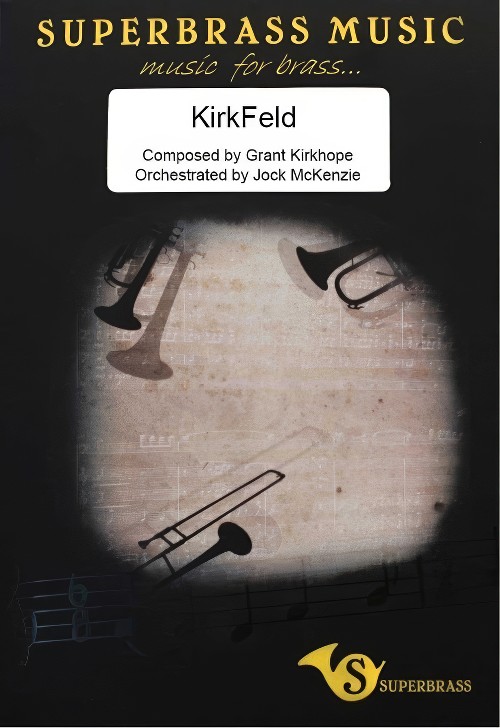 £125.00
£125.00KirkFeld (Trombone Solo with Concert Band - Score and Parts) - Kirkhope, Grant - McKenzie, Jock
Written for Ian Bousfield and the International Trombone Festival 2017. Grant Kirkhope is a BAFTA nominated British composer who has created the soundtrack for video games that have sold in excess of 30 million copies. From "GoldenEye" to "Banjo-Kazooie", "Viva Pi?ata" to "Donkey Kong", "Kingdoms of Amalur: Reckoning" to "Civilization: Beyond Earth" and "Perfect Dark" to "Castle of Illusion starring Mickey Mouse". He has also recently scored the feature film "The King's Daughter" starring Pierce Brosnan and William Hurt and is currently working on "Yooka Laylee" and "Dropzone". Grant's score for "Viva Pi?ata" was nominated by BAFTA in the Original Score category in its 2007 awards. Grant is represented by the prestigious Gorfaine/Schwartz Agency by Cheryl Tiano and Kevin Korn. Grant has a degree in music from the Royal Northern College of Music, Manchester, where he majored in classical trumpet, is a green card holder and now lives in Agoura Hills, LA with his wife and two children. "Ian and I first met when we were around 15 years old. We both played in our county orchestra, the North Yorkshire Schools Symphony Orchestra (I was a trumpet player). I think we hit it off straight away, as we were definitely a couple of cheeky kids, if you know what I mean! We both ended up playing in Rowntree Mackintosh Brass Band for a while too which Ian's Dad, Trevor conducted. We bumped into each other again when we both went for the Shell/LSO Scholarship. I got to the area finals in Manchester so I was pretty pleased with myself but then I saw Ian and I knew it was all over! Of course Ian went on to win and the rest is history. I saw him again when I was attending the Royal Northern College of Music around 1983 by which time Ian had just got the principal chair at the Halle Orchestra. Then I guess 30 something years went by as we both went about our lives and lost touch. We re-kindled our friendship due to his wife really. She emailed me to say it was Ian's 50th birthday and she was collecting stories from all his friends over the years. After that we got back in touch and then one day on Facebook I got a message from him in typical dry Yorkshire fashion "now then Grant, I had a listen to your music and I think it's good, how about writing a piece for me ?" I was a little bit unsure at first but of course I loved Ian's playing and of course I said yes. Over a Skype call in 2016, he asked me what I thought I'd write. I said since I live in LA I'd like to write a "Hollywood" trombone piece. Imagine if John Williams had written a piece for solo trombone, that's what I'd like to write - well I'd certainly like to try" - Grant Kirkhope
Estimated dispatch 7-14 working days
